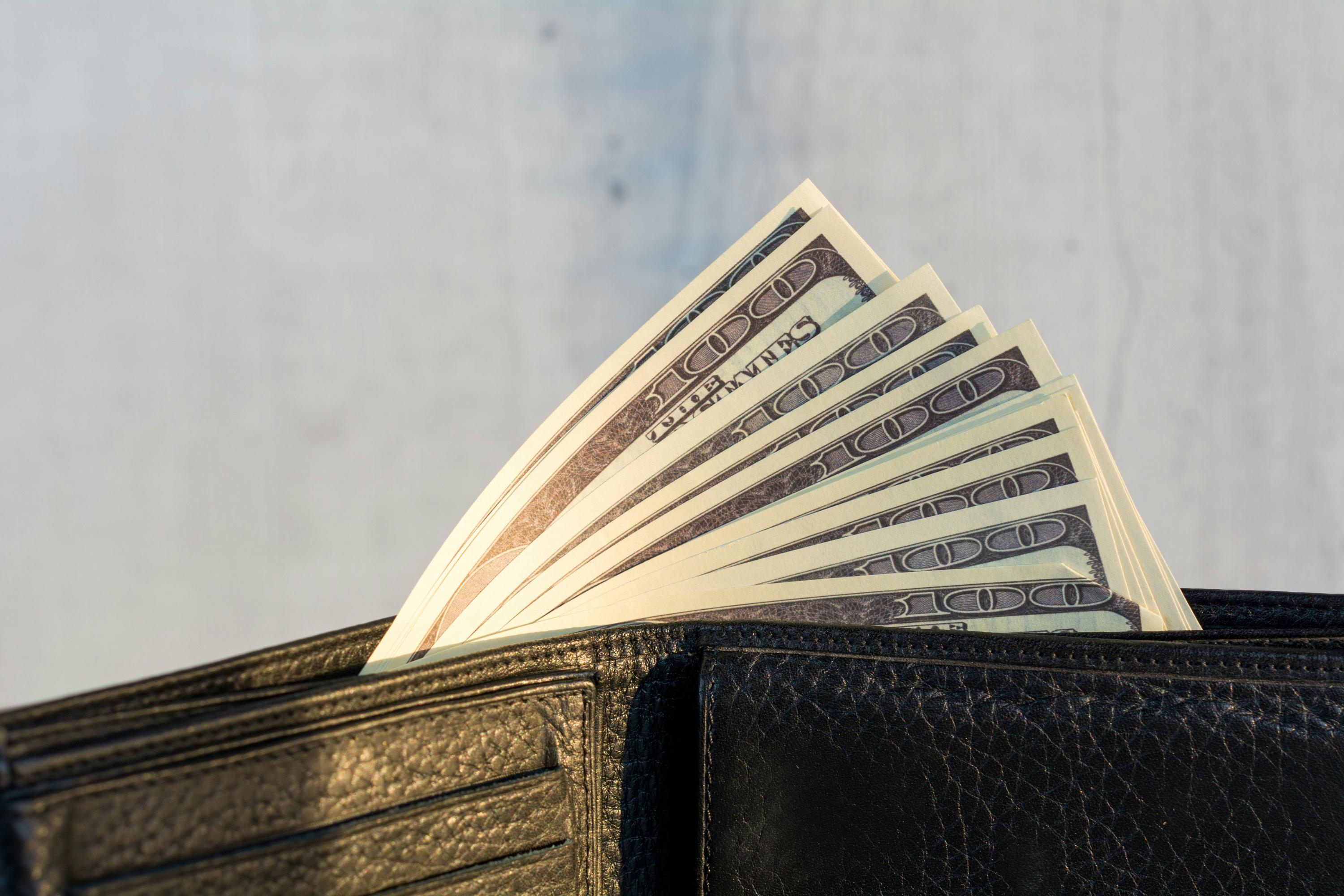People love to talk online about how to make good money—enough to buy a yacht and sail across foreign seas. But very little attention is given to how to actually spend that money (or how not to do it). How do you plan your expenses so that the hard-earned cash you strive to make is enough?
The society we live in is highly consumer-driven. The entire economy is built not on selling better quality products and services but on selling more stuff. If you start earning more, your expenses will increase too. There are American families making $20,000 a month yet drowning in debt. If you don’t know how to manage money when you’re poor, you’ll stay poor even if you become rich.
Every Dollar Needs a Purpose
The principle of this budgeting approach is simple—every cent that arrives in your account needs to have assigned a place in the budget. Whether it’s for baby diapers or a brand-new Tesla. You plan for the money you already have in your account, not the money you expect (or hope) to receive at the end of the month.
Why?
If you don’t give your money a purpose, it will find its own—and not necessarily in the way that benefits You most. If you’ve never tracked your budget before, your first expense analysis might surprise you and unseal something new about the way You actually spend money.. This planning approach also helps you understand what truly matters to you—what you’re willing to spend more on and what you’re not.
Budgeting isn’t just about finding ways to save money (though that’s part of it). It’s about awareness and being willing to face reality—how much money you actually have and deciding in advance where it should go. So that your spending is intentional.
It’s not likely to be the most exciting thing You do on Your free time, but know knows - this activity of giving a task for every dollar might be reason for more deliberate and calm life.
The tools
The original tool
The original tool that is developed by the creator of idea is this: YNAB It might be expensive, yes. However it’s very straight forward and could connect to You bank directly and sync transactions. The drawback is, that tool mostly works with USA banks and European banks are not as widely adopted.
The tool for Europe and East-Asia
Here comes another option, it is not as straight forward as original software but comes with two benefits: lower price and support for more banks in Europe and post soviet countries. The whole solution would consist of two options (also works for sharing single budget with family members):
- Zenmoney - base application to sync with the banks and create accounts.
- Zerro.app - an add-on app to sync with Zenmoney. All the YNAB workflow would happen in that app, as Zenmoney - will be used only to collect transactions from Your bank accounts.You can find more information on about page - how to support author, source code and some instructions.
Old school
Of course - excel spreadsheet might be used. Old good manual labor, right? Here You might also find google sheets template I use a basic version of YNAB in Google Sheets. Per request, here’s a public copy and a how-to guide. : r/ynab. Advantage is obvious - it’s free, but could take quite a time to enter all transactions manually, and there is small risk - that transactions could be forgotten.
Useful resources
There are two good resources to get more information about the topic:
